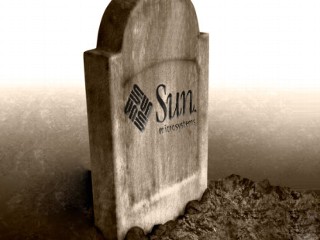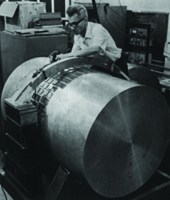This article from last year points out an (ever more relevant) economic side effect of companies like Sun Microsystems, that are essentially worthless: their cash-on-hand equal to their market cap. The assets could be better used by entrepreneurs to spur innovation and growth.
ABC News: The Poster Child for Dead Companies Walking?
Sun Microsystems is just the high-tech poster child for dead-man-walking corporations. Our economy is littered with them ... and they exert a tremendous, though rarely recognized, drag on our economy.
And that drag becomes even greater when we try to save them -- or worse, bail them out. Surely there is a better way to put obsolete companies out of business rather than slowly wither away, tying up financial, intellectual and labor capital for years in the process.
Perhaps what we need is some kind of formal liquidation event -- think of it as assisted suicide for companies in extremis -- by which they can easily distribute their assets to all stakeholders, shut their doors and hold a big, drunken "gone out of business" party. Then, those assets could be recirculated back into the economy to, in part, serve as investment capital for new start-up companies -- just as the employees would be returned to the labor pool, many of them bringing their experience to help run those start-ups.











